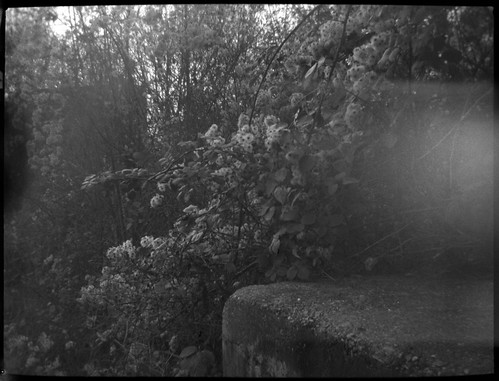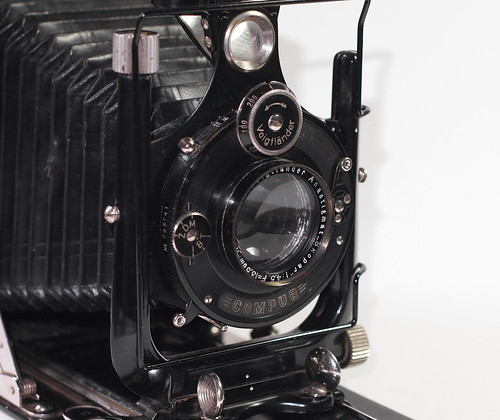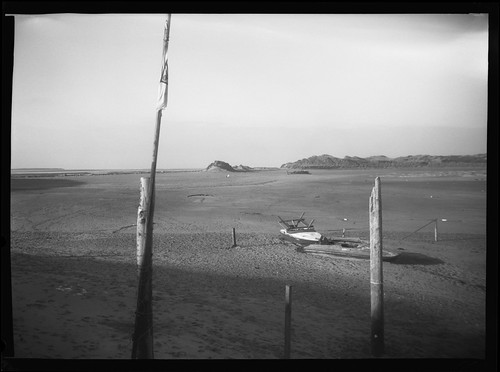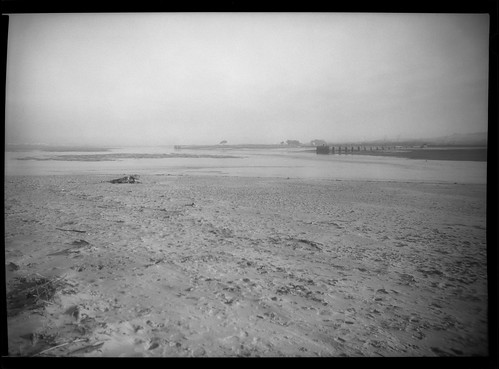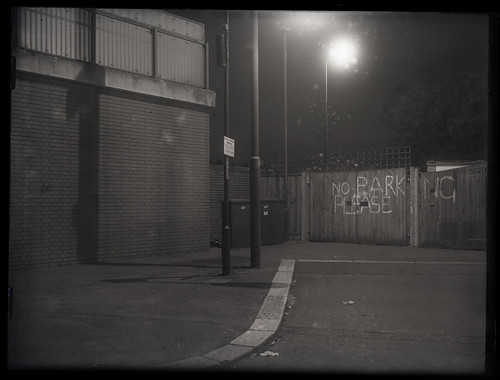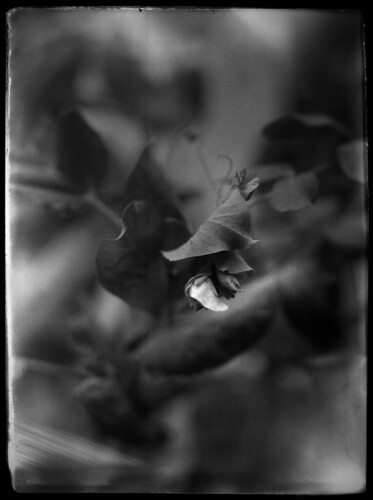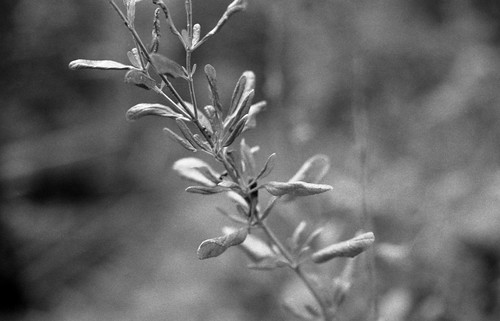“…the term ’snapshot’ dates back to the 1860s, when the instantaneous photo became possible, but it was not until the 1920s that the snapshot was professionalized via reportage and democratized via amateurism. It was then that it came to be understood as the very essence of photography, for a while at least. It was almost as if cinema, in colonizing the popular understanding of time, implied that life itself was made up of distinct slices and that still photography had the potential to seize and extract them.”
David Campany, Photography and Cinema
I’ve previously written a couple of posts about my formative experiences of photography, beyond the socialising uses of photography common within the family in the latter part of the twentieth-century that I would have experienced growing up; although I wrote about first learning to develop and print photographs while at college from a position that might appear to be largely describing these moments as technical exercises; one might also think of these experiences as gaining command of
the means of production of images, especially as this was prior to the utter ubiquity of the digital photograph. In my youth, photography within the family, and I suspect many families, was used for the purpose of puncturing the calendar with holidays, birthdays, weddings and so on (a single roll of film might easily stay in a camera between a summer holiday, a birthday and Christmas). As such, there were only certain subjects and situations ‘worth’ exposing film for. Being given my
first film SLR camera as a student, being able to develop the film and print the images (however inexpertly) opened up a new world for me, particularly through my experience in documenting the demolitions and protests of the M11 link road in East London. A student trip to Paris later that same year I might also identify as another early experience of this ‘opening up’, and being allowed to use the darkroom - without having yet had a workshop induction (which was to be
the following spring) - to develop them myself (over the summer prior to this, without access to a darkroom, I’d shot a few rolls of film and had discovered the convenience of chromogenic black and white films with
Ilford XP2).
Concurrent with learning technical aspects of the medium, there was also the beginning of an understanding as to what photography
meant, what was the essence of photography - and what one could do with it. At the time, I was studying fine art, not photography itself, but photography felt intrinsically embedded in so much of the technical and theoretical background to my studies. At the time, Paris seemed to be the city of photography, in a way that London didn’t appear to be, for me at least, through familiarity, through a lack of mythologisation, having grown up there. Paris was the city of modernity, with modernity inextricably linked to photography, a medium that could represent the experience and speed of modern life through a rush of unmediated fragments thrown together without order or hierarchy. With modernist photography taking over from pictorialism (which itself was a strategic move to claim for photography the legitimacy to be considered as ‘art’ in part through appropriating the appearances of traditional forms in which the artist’s hand was present on the surface of the work), these new ways of seeing - the ’objective’, the surreal - were discovered through the camera: Paris as the city of Atget, Brassaï, Man Ray, Kertesz, and, of course, Henri Cartier Bresson.
“I prowled the street all day, feeling very strung up and ready to pounce, determined to ‘trap’ life, to preserve it in the act of living. Above all I craved to seize the whole essence, in the confines of one single photograph, of some situation that was in the process of unrolling itself before my eyes.”
Henri Cartier Bresson, quoted in Photography and Cinema
The street is conceived as a space where things happen, one is subject to contingent encounters, encounters with an aleatory quality which can be consumed, incorporated by the observer with photography: bound up with ideas of the
objet trouvé and the readymade, these encounters-as-images present themselves to the photographer attuned to these possibilities. At the time, I would have imbibed these ideas perhaps unquestioningly: there was some notion that being a ‘good’ photographer was largely about developing an intuition, of knowing how everything would fall within the frame a moment before it did so (this required having sufficient technical facility that the apparatus of the camera became as near as being simply an external perceptual appendage as possible). It is always worth reflecting that ‘The Decisive Moment’ was the English title of Cartier-Bresson’s book,
Images a la Sauvette – images on the run, stolen images, more literally, conveying similar ideas to the English title, perhaps, but
not the same. Sean O’Hagan, writing about the 2014 reissue of
The Decisive Moment, describes its impact on how the medium is or has been thought about:
“…for many people with a passing interest in photography, he almost single-handedly represents photography: what it is meant to do and – more problematically for a generation of younger artists relentlessly questioning its meaning in an over-mediated world – what it is.”
Contemporary uses of the term snapshot often seem to emphasise the disposable, the throwaway, lacking in value, with an implicit element of the pejorative, a commonplace definition that seems to have lost some of its original nuance as a metaphor derived from hunting, a split-second decision to shoot as opposed to the application of a careful aim (which itself implies skill and experience). In
Camera Work, Alfred Stieglitz published a handful of his own photographs with titles prefixed by the phrase ‘A Snapshot’ - two of which, in No.41 from January 1913, were photographed in Paris - and two of those in
Camera Work No.20 are titled ‘From my Window’ in Berlin and New York. ‘From my window’ suggests the contingent nature of the subject and view point of the snapshot: the description (by J.M. Bowles ‘In Praise of Photography’,
Camera Work No.20) itself reads almost diametrically opposed to how one might conceive a snapshot today: “A man who will stand with a camera at a window for four weeks, driving all his friends and relatives to drink from watching him, in order to catch just the right moment for taking a snap shot, is an artist. […] But the long study of the subject before actually making the negative is the better way, I am inclined to think. It is more like the Japanese method of making their art- pupils study a flower, a plant, a blade of grass for days and days before putting pen, or rather in their case, brush to paper. After all, art is merely seeing. The function of art being to teach us to see; the artist who sees best and most thoroughly himself before making the record of an impression will be the one who will most vividly convey that impression to others.” The lying-in-wait here is much closer to the metaphor of the hunt.
The idea of the snapshot depended on faster emulsions to achieve an ‘instantaneous’ picture, these emulsions themselves creating the need for the camera shutter that could operate accurately with increasingly smaller fractions of a second. The snapshot metaphor is also apt in its analogies between camera and firearm, the development of the ‘magazine’ camera and the roll film and film packs readied the camera to be used without (re)loading for each shot. That imminent readiness, impossible in the wet plate era, produced conditions that enabled the snapshot to appear (some of the first photographs which could be described as snapshots are those taken by Paul Martin with a magazine camera in the 1890s). These metaphors around the medium of photography relate to images being ‘out there’ in the world, not as something to be made, but taken.

There is little in my own photographs from that trip to Paris that embody such an approach. However, I could retrospectively locate this as the point at which, for me as an artist, the camera supplanted the sketchbook; I took a sketchbook (possibly two) and drawing materials with me, only to make a single drawing during the whole trip, a schematic notation of a detail from a Nancy Spero wall painting. Up to that point, drawing (and painting) from observation, was where I had located the essence of my art (this relied on images ‘out there’ in the world, but were something to be
made, in selective ways, rather than taken).
Instead, I found myself taking numerous photographs of my fellow students drawing at certain points on the trip. I took five rolls of film for a five-day trip, using the Praktica BCA which had replaced my previous BC1, the standard 50mm lens (I did buy a 28mm lens a couple of months later). I shot both Ilford HP5 Plus and Kodak TMAX 400; many of the negatives were underexposed (or underdeveloped) and quite a few badly focussed. What I do remember, and the photographs bear out, is the particular quality of the light - thin, low winter sunlight on the pale stonework, leaded roofs, dead leaves and bare trees.
“Everything-houses, churches, bridges, walls,-is the same sandy gray so that the city seems like a single construction of inconceivable complexity, a sort of coral reef of high culture.”
Rebecca Sonit, Wanderlust
From the top of the Pompidou centre I took some photographs of what looked like a building on fire in the middle distance (making an association with Meryon’s etching of the morgue; Meryon’s etchings were probably where I might have got my earliest visual ideas of Paris); in my memory, I had conflated this with a building opposite the hotel in which we stayed in the Boulevard de Magenta that was derelict and burnt-out. Finding the negatives twenty-five years later, I’d photographed this building from the room of the hotel on the first morning, so the two events were only linked after the fact in my memory. Arriving by coach at the Place de la Republique the night before, I’d walked to Gare du Nord to photograph the then new Eurostar trains; it was another seven years before I took a train to Paris. Returning to the Boulevard de Magenta, I photographed the building - or a building in the same location - which might have been entirely demolished and rebuilt; it was still being worked on then.

The photographs that I took on that trip provided the material which I worked from for the next few weeks: photographic prints in which I overlaid text and drawings on tracing paper during the exposure, so these elements appeared in white on top of the images of sculpture I’d photographed in the Louvre and Père Lachaise cemetery. I also made some artists’ books, one from old zinc litho plates drawn on in marker pen and folded concertina-fashion (I’d seen Anselm Kiefer’s lead books at the Pompidou), others being made from cut-up reject photographic prints. I reused many of the textural pieces, along with photocopies, and other ephemera, to make temporary collages in low relief to be photographed - the photograph of the assemblage being the artwork - while at home during the following holiday and away from the darkroom. After the Christmas break, I made a series of modest etchings with words and fragments of sentences, using much of the same material but with much more empty space. I did later print some of the other photographs from Paris 'straight', on 12x16-inch paper, a scale I’d not previously worked at; all the work I made then suggests I wasn’t confident in my source material to let the photographs stand on their own.
There was a student on a different course with whom I shared a deep interest in photography, spending much time in the darkroom learning from each other, making (what felt like) the leap to medium format around the same time. He was a year younger, but seemed to have a much firmer grasp of technique and theory (and had a
Canon A-1, which appeared very professional against my Praktica). His course went to Paris two weeks after we had, and stayed in the same hotel. He took some photographs of the burnt-out building on the Boulevard de Magenta, but close to, at street level, with workmen in action: everything, architecture, figures, light, falling just ‘right’ in the frame which seemed to embody those ideas of what photography
was, missing from my own photographs.
References
J.M. Bowles ‘In Praise of Photography’, Camera Work No.20
David Campany, Photography and Cinema, Reaktion Books, London 2008 (2012 reprint)
Henri Cartier-Bresson, The Decisive Moment (first published 1952)
Sean O’Hagan ‘Cartier-Bresson's classic is back – but his Decisive Moment has passed’, The Guardian, December 23 2014 https://www.theguardian.com/artanddesign/2014/dec/23/henri-cartier-bresson-the-decisive-moment-reissued-photography Retrieved 4/12/19
Rebecca Sonit, Wanderlust: A History of Walking, Granta Books, London 2014
Alfred Stieglitz, Camera Work No. 20 October 1907 and No. 41 January 1913
See also The Reisekamera





